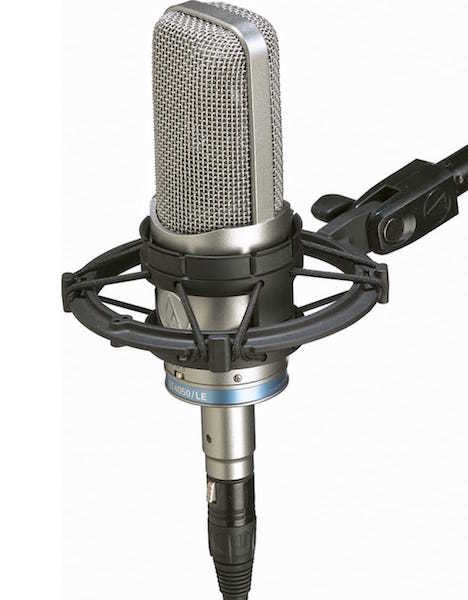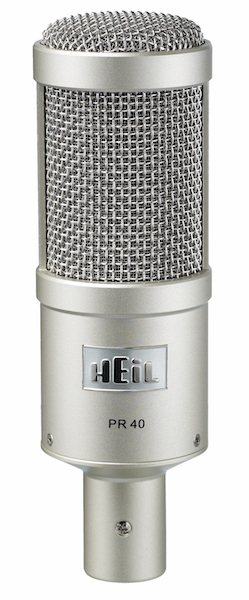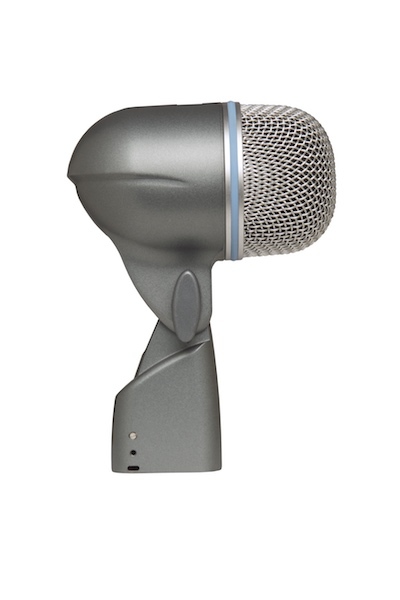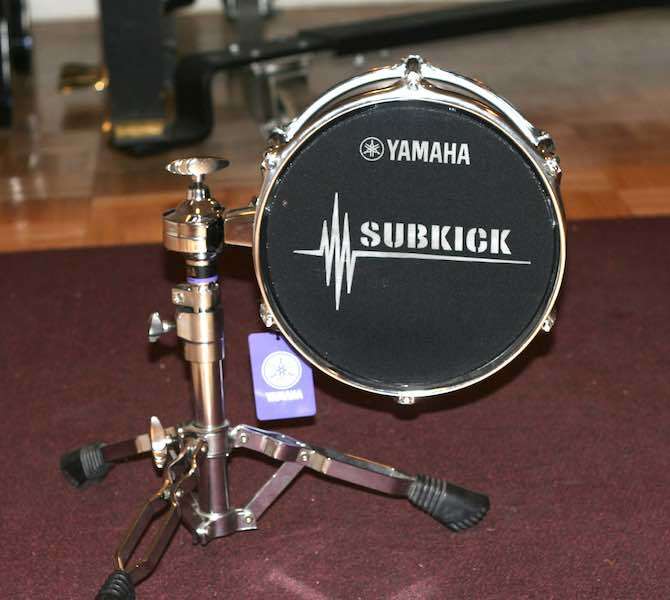- in Production by Bobby Owsinski
A Look At The New “Classic” Microphones
While many believe that microphone technology hasn’t really improved in at least 30 years, a host of new mics have taken the technology to the next step. Some have even become classics in their own right and can be found as standard equipment in mic lockers the world over. In this excerpt from the 4th edition of The Recording Engineer’s Handbook, we take a look at a few of the new classic microphones.

Audio-Technica AT4050/4033
The AT4050 is a large-diaphragm multi-purpose, multi-pattern condenser mic that’s found its way into mic lockers everywhere. It’s open and airy top end, low noise, and ability to take punishing SPL levels have made this a go-to mic when your usual favorite just isn’t cutting it. It’s also relatively inexpensive compared to the similarly featured German and Austrian favorites. The cardioid-only 4033 is a less expensive version of the same mic.

Heil Sound PR 40
Another new mic that has caught on as a kick drum mic is the Heil Sound PR 40. The PR 40 incorporates a large 1-1/8th-inch dynamic element for an extended low-frequency response as well as a presence bump from 2.5k to 4.5kHz. It’s also capable of handling very high SPL levels, and its super-cardioid pattern provides excellent back-side rejection. Many feel that the response of the PR 40 has sort of a “pre-EQ” built into it that makes EQing later either unnecessary or a lot more gentle than with other mics.

Royer R-121
Introduced in 1996, the R-121 is the first radically redesigned ribbon microphone in that it has a higher output than older ribbons, is a lot more rugged, and can take all the SPL you can hand it. You’ll see it used where the old favorite ribbons are used (overheads, brass), but in some new places too, such as kick drum and guitar amps.

Shure Beta 52A
The Beta 52A (or B52, as some call it) is the first mic to give the revered AKG D 112 some competition as a kick mic. The mic is specially designed for kick and bass with an EQ curve built in to attenuate the 300 to 600Hz “boxy” frequencies and boost around 4 kHz for presence. It can also handle extremely high SPL levels up to 178dB.

Yamaha SKRM-100 Subkick
The Yamaha SKRM-100 is an answer to the subkick phenomenon that started due to the burning desire to get more bottom end from the kick drum without having to crank up the EQ. The unit is designed to capture the frequencies below 60Hz, which is something that you feel more than you hear.
The trend started when a few engineers began to take the woofer from a Yamaha NS-10M monitor, use the magnet to attach it to a mic or drum stand about 2 inches in front of the bass drum, and plug it into a direct box. This wasn’t a new idea by any means, as engineer Geoff Emerick tried this on Beatles records (“Rain” and “Paperback Writer”) in the ’60s. The problem is that Yamaha no longer produces the NS-10, and the factory that made the woofer has closed. Engineer Russ Miller took the idea to Yamaha, who manufactured a unit that contains a 6-1/2-inch speaker mounted inside a 7-ply maple shell with black mesh heads, so it’s actually a speaker mounted inside a drum shell.
Unlike a homemade subkick, the Yamaha subkick is tunable, but some engineers argue that the sound still isn’t as good as what you can get from just a raw NS-10 woofer.
These are just a few, but certainly not all, of the new classic microphones that have become almost standard in studios everywhere. The good thing is that there are new ones introduced all the time, but they really have to be good to break into the circle of the ones we used every day.
You can read more from The Recording Engineer’s Handbook and my other books on the excerpt section of bobbyowsinski.com.

